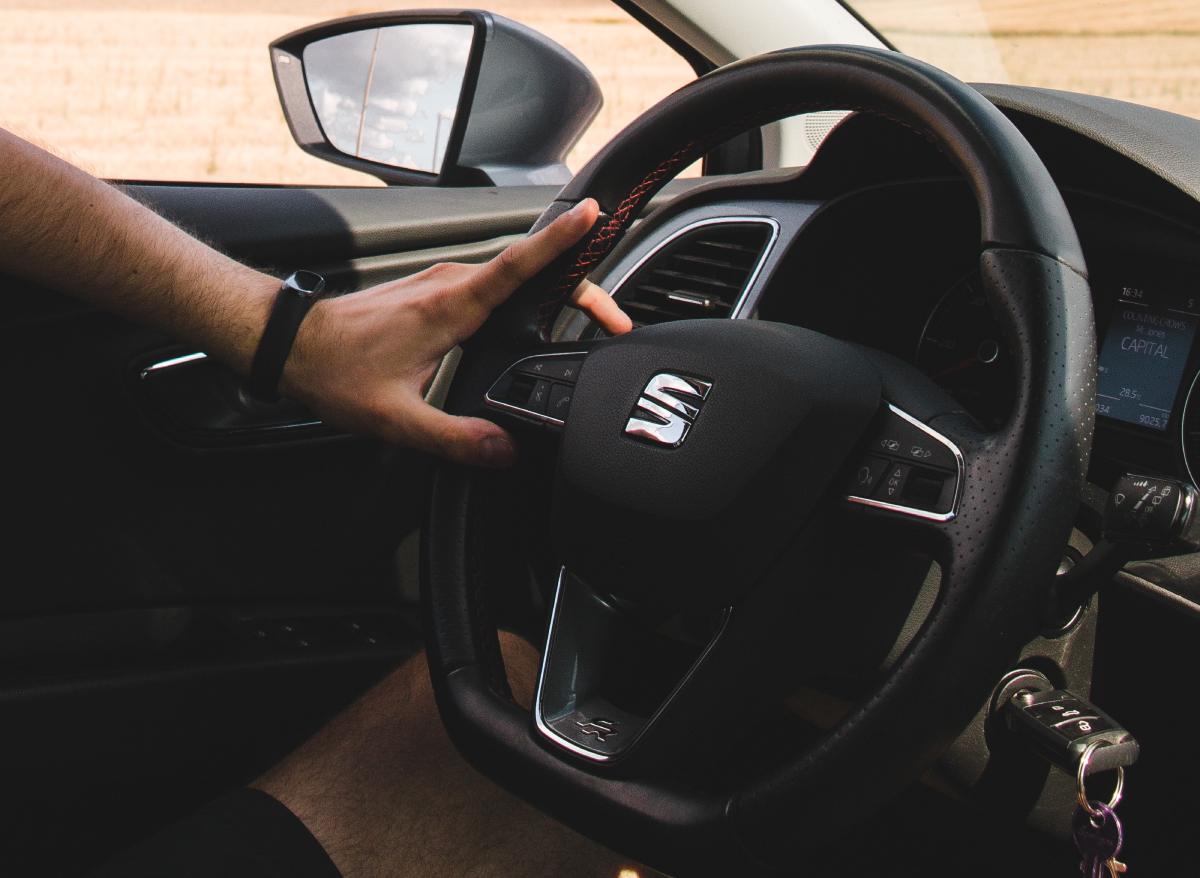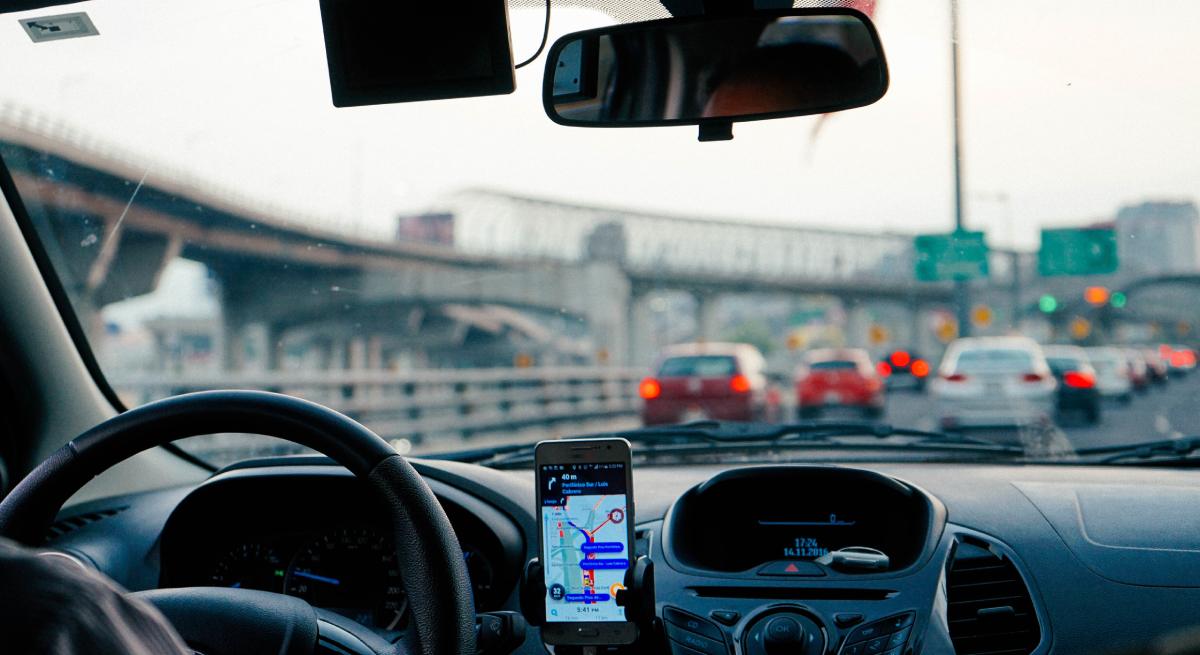Driving in Spain
Spain is a member of the European Union and NATO and one of the world’s leading economies. The Spanish economy’s high growth rate from 1995 to 2007 was due to internal demand from Spanish citizens, among the highest consumer goods and services in Europe, and foreign investment that helped create new jobs. Now Spain with its new law for digital nomads is considered one of the best countries for digital nomads because it has good weather all year round, it is one of the cheapest EU countries, it is a safe country, good internet connection and because of the taxes for digital nomads.
Driving in Spain can be an exhilarating experience, with its winding roads, beautiful scenery, and unique culture. But it’s also vital to know Spanish-going laws and regulations before you get behind the wheel. Learning the traffic rules and becoming acquainted with the driving culture in Spain is critical for a safe and pleasurable ride. Here are some tips for driving in Spain that will help you stay safe and get the most from your trip.
Contents
Unique driving challenges in Spain

Driving can be difficult for individuals who need to become more familiar with the roads. Spain’s roadways are frequently congested and twisty, making it challenging for visitors to get about. Additionally, many roads need to be well-maintained, making them even more challenging to navigate. Furthermore, drivers must be aware of the local laws and regulations when driving in Spain. For example, drivers must always carry their licenses and registration with them. Additionally, drivers must be aware of the speed limits and obey all traffic laws.
The Benefits of a Road Trip in Spain
A road trip across the country has numerous advantages despite the difficulties of driving there. One of the most apparent benefits is exploring the country at your own pace. You can take your time to explore the sights and sounds of each region and take in each area’s unique culture. A road trip also saves you money on accommodation and transportation costs. Finally, a road trip allows you to create lasting memories with friends and family that will last a lifetime.
Fines and Parking in Spain
Particularly regarding fines, parking in Spain may be a complicated business. It is crucial to be knowledgeable about Spain’s parking regulations to prevent paying hefty penalties. It implies that parking policies in Spain can differ from one city to the next.
Regarding fines, parking in a restricted area is the most common type of parking violation. It includes parking in spots indicated by signage or reserved for particular vehicles. Fines for parking in a restricted area can range from €50 to €200.
Another common type of parking violation is parking in a no-parking zone such as on the side of the road where the spaces are marked with signs or in areas designated for specific types of vehicles. Fines for parking in a no-parking site can range from €50 to €200.
Finally, parking in Spain is a cost. Most cities in Spain have parking meters that require payment. Fines for not paying the parking meter can range from €50 to €200.
What Do UK Drivers Need to Drive in Spain?
In addition to a driver’s license and International Driving Permit, UK drivers must carry vehicle registration documents and proof of insurance while driving in Spain. When driving in Spain, drivers from the United Kingdom must adhere to all local rules. It includes wearing a seatbelt at all times, not using a handset while driving, and not drinking and driving.
Understanding Spanish Driving Laws
Understanding Spanish road laws can seem daunting, especially if you’re unfamiliar with the country. Understanding the various kinds of roads, the necessary paperwork, and the potential consequences of breaking the law are all necessary for driving safely and responsibly.
Knowing the rules of the road and being aware of the consequences of breaking them can help you avoid risks and keep you, your passengers, and other road users safe. In Spain, everyone must be at least 18 years old and have a current driver’s license.
A warning triangle, a spare tire, and a debit card are also required. If you’re renting a car, you’ll need to provide a valid driver’s license and debit card. Driving in those areas requires extra caution, and using a phone while driving is illegal.
The civil guard is responsible for enforcing traffic laws, and if you’re caught breaking the law, you may face a fine or even imprisonment. Hiring a valid driver with a valid license is recommended if you need clarification on the rules. You can ensure a safe and enjoyable trip by taking the time to understand the Spanish driving laws.
Types of Roads in Spain

In Spain, you can drive straight highways and winding roads in rural areas. Before getting behind the wheel, a thorough familiarity with Spain’s various roadways and the regulations that apply to each other is required. The main types are highways, built-up and rural roads.
Highways are Spain’s main roads, generally well maintained, and having a top speed of 120 km/h. The individual must be at least 18 years old and possess a valid driver’s license, a swipe card, and a warning sign. Also, it’s important to remember that you can’t use a phone while driving in built up areas with various obstacles such as pedestrians and cyclists with a 50 km/h speed limit or more. One must always be on high alert and mindful of one’s surroundings when driving in such locations. It’s also worth noting that the guard has the authority to pull over vehicles and issue tickets for moving offenses.
Rural roads are often winding and can be challenging to navigate. Drivers should know the speed limit (90 km/h) and consider a car with GPS if they are unfamiliar with the area. Because it is illegal to hire a valid driver s license in Spain, anyone planning to drive there must obtain a valid one. Failure to do so could result in severe penalties and even jail time.
FAQ Driving in Spain
Can Tourists Drive in Spain?
Yes, travelers with a valid driver’s license from their native country can drive in Spain. However, it is essential to note that UK drivers must get an International Driving Permit (IDP) before driving in Spain. An IDP is a one-year document that allows UK drivers to operate in other nations. Additionally, UK drivers must carry their original driver’s license while driving in this country.
Is Driving Difficult in Spain?
Furthermore, the language barrier can be an issue, as many signs are written in Spanish. Additionally, there is strict enforcement of speed limits, and fines can be steep for those caught speeding. It is also worth noting that Spain maintains a zero-tolerance stance for driving while intoxicated. Understanding regional customs, such as how to use the horn and who has the right of way, is essential. Those accustomed to Spanish traffic and well-versed in the country’s driving regulations may find the experience rewarding.
Is driving around Spain easy?
Driving around Spain can be an enjoyable and rewarding experience. With its beautiful landscapes, vibrant culture, and delicious cuisine, it’s no wonder why so many people choose to take a road trip around the country. But is driving around easy?
The answer is yes, and no. On the one hand, Spain has an extensive network of highways and roads that make it easy to get around. The roads are generally well-maintained and well-marked, so you won’t have to worry about getting lost. The Spanish people are also friendly and helpful, so you can always ask for directions if needed.
On the other hand, driving around Spain can be challenging. There is a significant level of traffic in some regions, which results in the roads being extremely congested and winding. Additionally, the Spanish driving style can be pretty aggressive, so you’ll need to be alert and aware of your surroundings.
It is relatively easy but requires some preparation and caution. If you plan, drive defensively, and familiarize yourself with the local driving laws, you should have no problem navigating the roads of Spain.
Mobile Phone Usage While Driving in Spain

The Civil Guard strictly prohibits and enforces phone use while driving in Spain. It is against the law to use a handheld electronic device while operating a motor vehicle in populated areas, on freeways, or on any other type of roadway. Having a valid driver’s license, being at least 18 years old, and carrying a swipe card in Spain is mandatory.
If the vehicle is leased, it must be equipped with a warning sign and spare bulbs. It is vital to understand that drivers in Spain are permitted to use hands free devices while operating their motor vehicles. We recommend hiring a valid driver to ensure they do not distract themselves with their phone while driving.
Renting a Car in Spain
The best way to visit Spain is using a rental car, but before you do so, you must familiarize yourself with the country’s driving rules and restrictions. The speed limit on Spanish highways outside of towns, for instance, is 90 km/h (56 mph), although in urban areas, it is 50 km/h (31 mph) (56 mph). At all times, you should drive on the right side of the road, and keep in mind the cost of toll roads. Another thing to remember is the Guardia Civil, who are the ones who make sure you don’t break the law. To rent a vehicle in Spain, you must be at least 21 years old and have zero percent blood alcohol levels. Not only is it dangerous to use a handheld mobile phone while driving, but it’s also against the law. You should also be conscious of the Civil Guard, tasked with maintaining highway order.
Before hiring a car in Spain, one must familiarize oneself with the many types of roads that may be found there. Unlike the free Autovia, the toll road (Autopista) requires drivers to pay to use it. Spanish law sets the minimum driving age at 18, therefore, whoever is going to be behind the wheel of your leased car needs to be at least that old. Furthermore, car rental agencies want you to present a current and legal driver’s license, and it’s a good idea to familiarize yourself with the relevant regulations. Make sure you have a safe and enjoyable rental experience by introducing yourself with local rules and legislation.
Warning Triangles and Other Requirements
For those who wish to hit the road in Spain, warning signs and other safety restrictions vary from country to country, so it’s important to be aware of the rules in your destination country. Being prepared for any emergency on the road is necessary, and having the right equipment can make all the difference.
In Spain, caution triangles are required to be carried by all vehicles. If the car breaks down or is involved in an accident, this triangle needs to be positioned at least thirty meters away from the car. In addition to the cautionary warnings, drivers of all vehicles must wear bright clothing. The driver must wear this jacket if they exit the vehicle in an emergency. The jacket must be fluorescent and visible from at least 150 meters away.
It’s also important to note that all vehicles must carry a first aid kit. This kit should include bandages, antiseptic wipes, and other medical supplies. It’s essential to check the equipment regularly to ensure that all items are in good condition and are not expired.
Finally, all vehicles must carry a fire extinguisher. This extinguisher must be in good working condition and easily accessible during a fire. By following these regulations, you can ensure that you are prepared for any emergency while driving in Spain.
Credit Card Requirements to Rent a Car
In Spain, do you intend to rent a car? If so, you’ll need to ensure you have the proper debit card requirements. Depending on the rental company, you may need a swipe card with a specific limit or type of card. Find out if you have a magnetic card and what it takes to hire a car in the country.
First, you’ll need to ensure you have a bank account card with a limit of at least €500. Most rental companies in Spain will not let you rent a car without a credit card. Most rental companies in Spain will not accept debit cards as payment.
Next, you’ll need to ensure the rental company accepts the swipe card you’re using. Most rental firms in Spain accept major magnetic cards such as Santander Zero Credit Card, Visa, and Mastercard. However, some rental companies may not take certain types of magnetic cards. Check with the rental company before you book your rental car.
Finally, you’ll need to ensure you have enough funds on your swipe card to cover the rental cost. Most rental companies in Spain require a deposit of at least €500. This deposit will be
held until you return the rental car. Be sure to check with the rental company to find out the exact amount of deposit required.
Renting a car allows you to explore the country at your own pace, you will have an experience that is both unforgettable and exciting. Spain is a beautiful and diverse country. However, you’ll need to make sure you have the correct swipe card requirements to do so. Check with the rental company to find out the exact debit card requirements before you book your rental car.
Other important considerations when driving in Spain
When planning a trip to Spain, many factors can make or break your experience, from the language to the culture. Here are a few more things you should know before visiting Spain.
- Language: Since Spanish is the country’s official language, it is necessary to acquire at least a fundamental comprehension before traveling there. Although many people in Spain are also fluent in English, it is essential to communicate in Spanish.
- Currency: The currency in Spain is the Euro. Being informed of the exchange rate and having the correct money on hand is crucial.
- Weather: Spain has a Mediterranean climate, with hot summers and mild winters. Knowing the forecast for your destination will help you pack appropriately for the weather.
- Culture: Because of its long and influential past, It is essential to have an awareness and appreciation of Spain’s traditions and culture. Respect for the local culture and familiarity with local regulations are also essential.
- Safety: While you should not be concerned about your safety while traveling throughout Spain, you must remain alert and adopt reasonable safety measures.
- Transportation: Spain has an extensive public transportation system, including buses, trains, and taxis. Planning following the various transportation options is essential.
Conclusion About driving in Spain
In conclusion, traveling by car in Spain if you are a tourist can be rewarding and a good experience to discover the Spanish Coastal cities. While operating in Spain presents unique challenges, such as narrow roads, valid driving licenses, driving culture, language and foreign laws, there are also many benefits to taking a road trip through the country. From exploring the sights and sounds of each region to creating lasting memories with friends and family, a road trip through Spain is an experience not to be missed.
If on the other hand you want to live in Spain (for more than 3 months) and you are a non-EU citizen, you will need a Spanish visa and you will also need to obtain a new driving license (this varies from country to country if Spain has an agreement or not), the good thing about having a driving license is that it will allow you to see the cheapest places in Spain and to enjoy the country more intensely as you will not have to wait for train and bus schedules… and you can start practicing the Spanish siesta.




